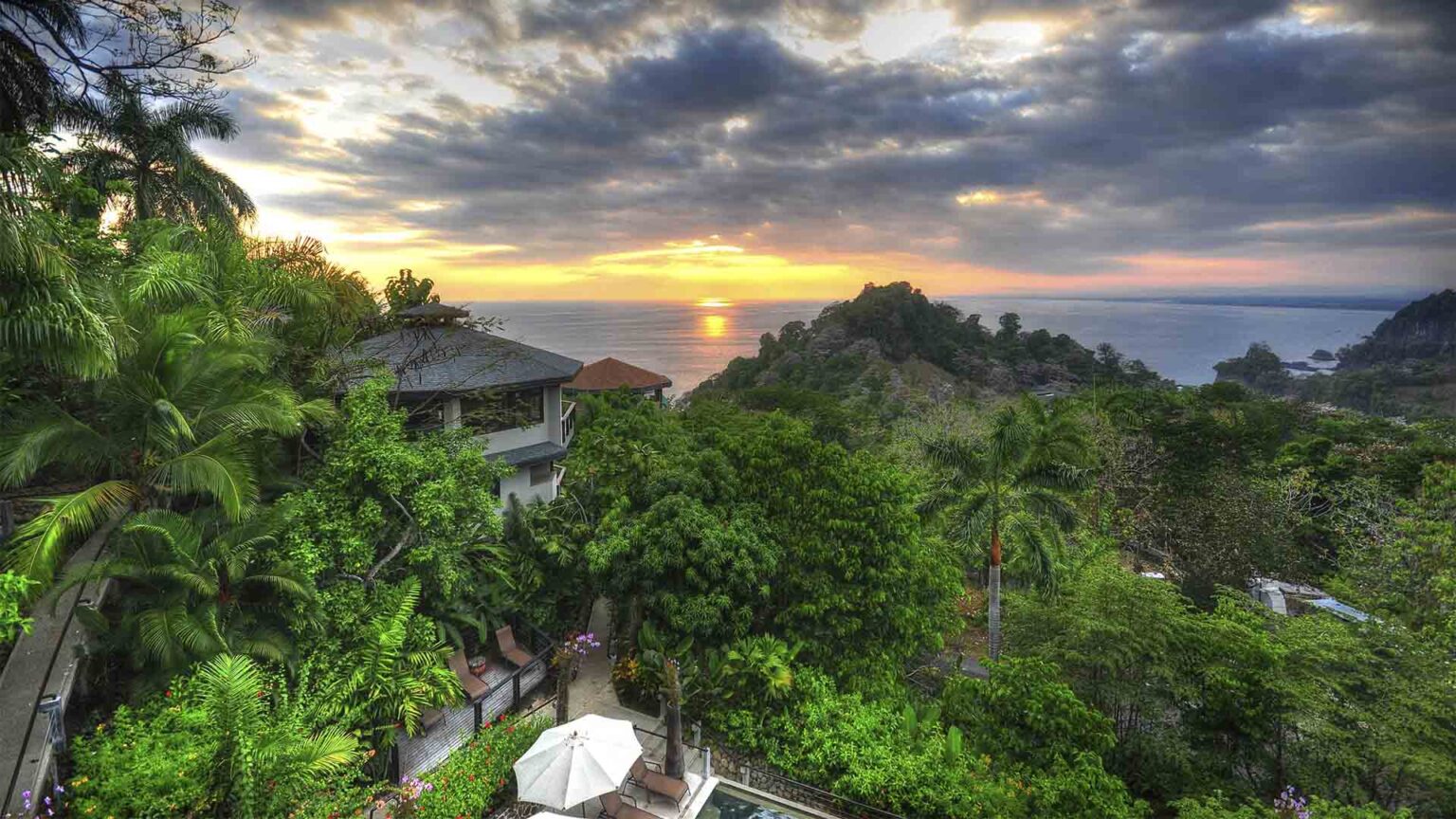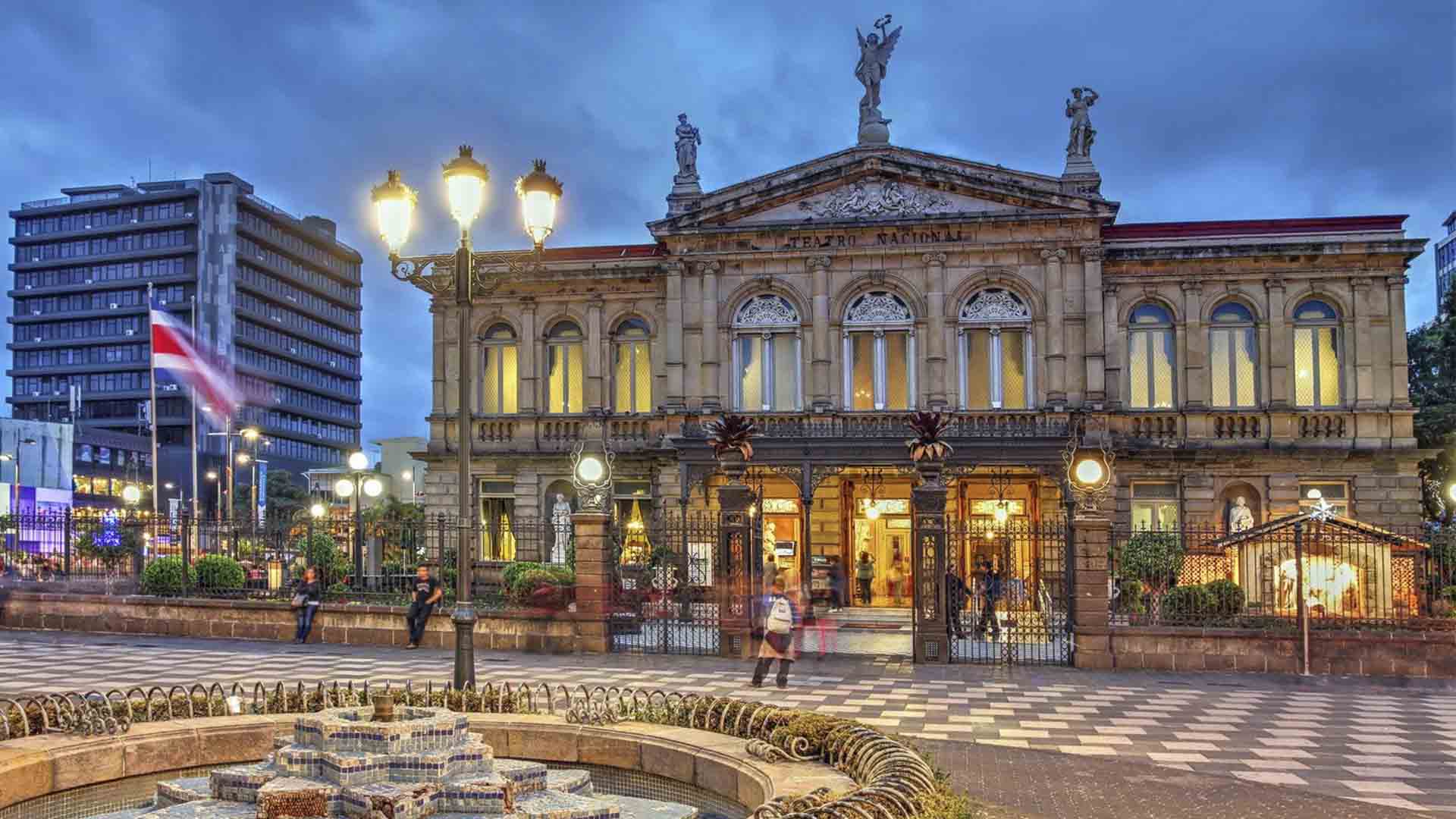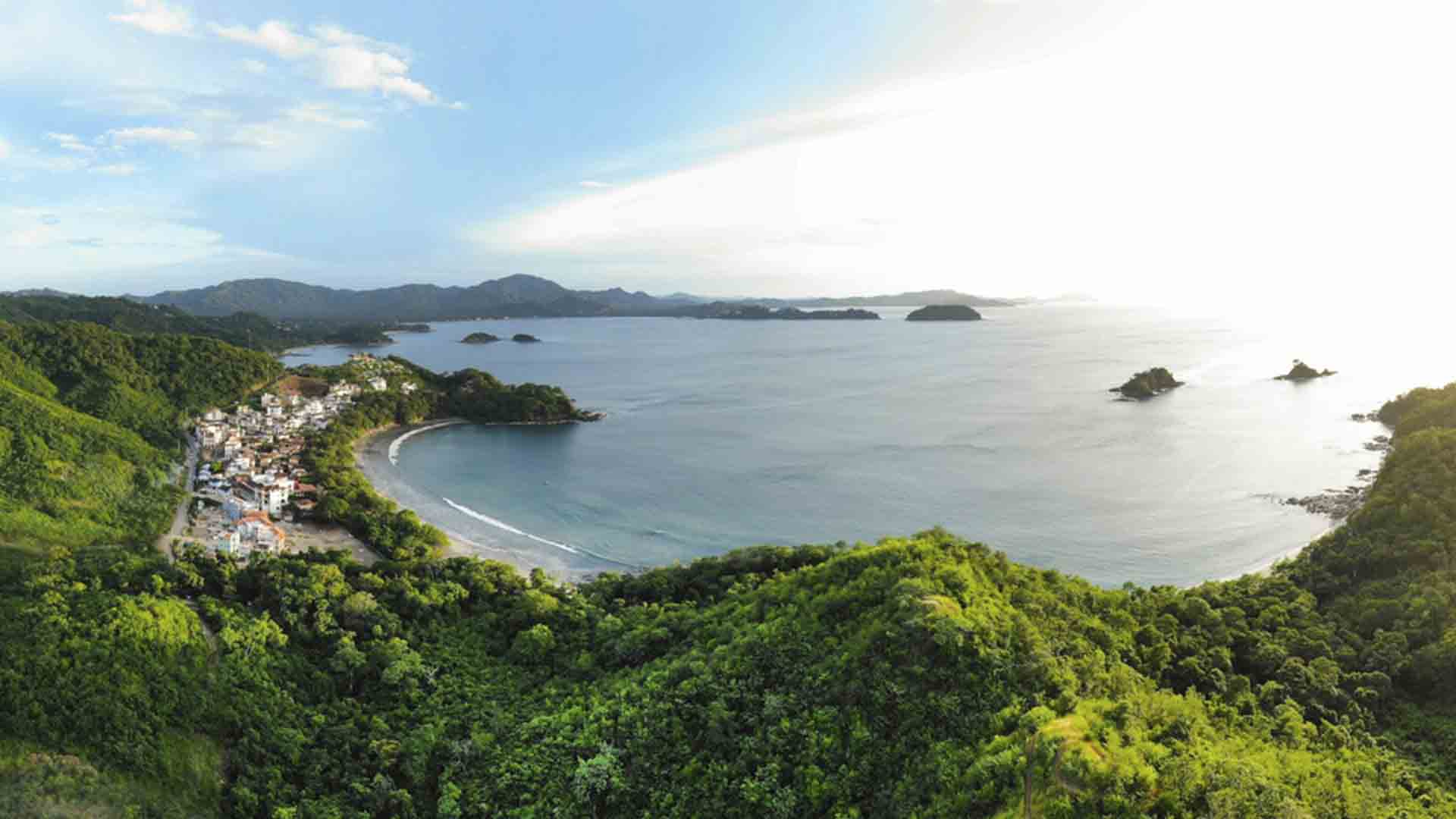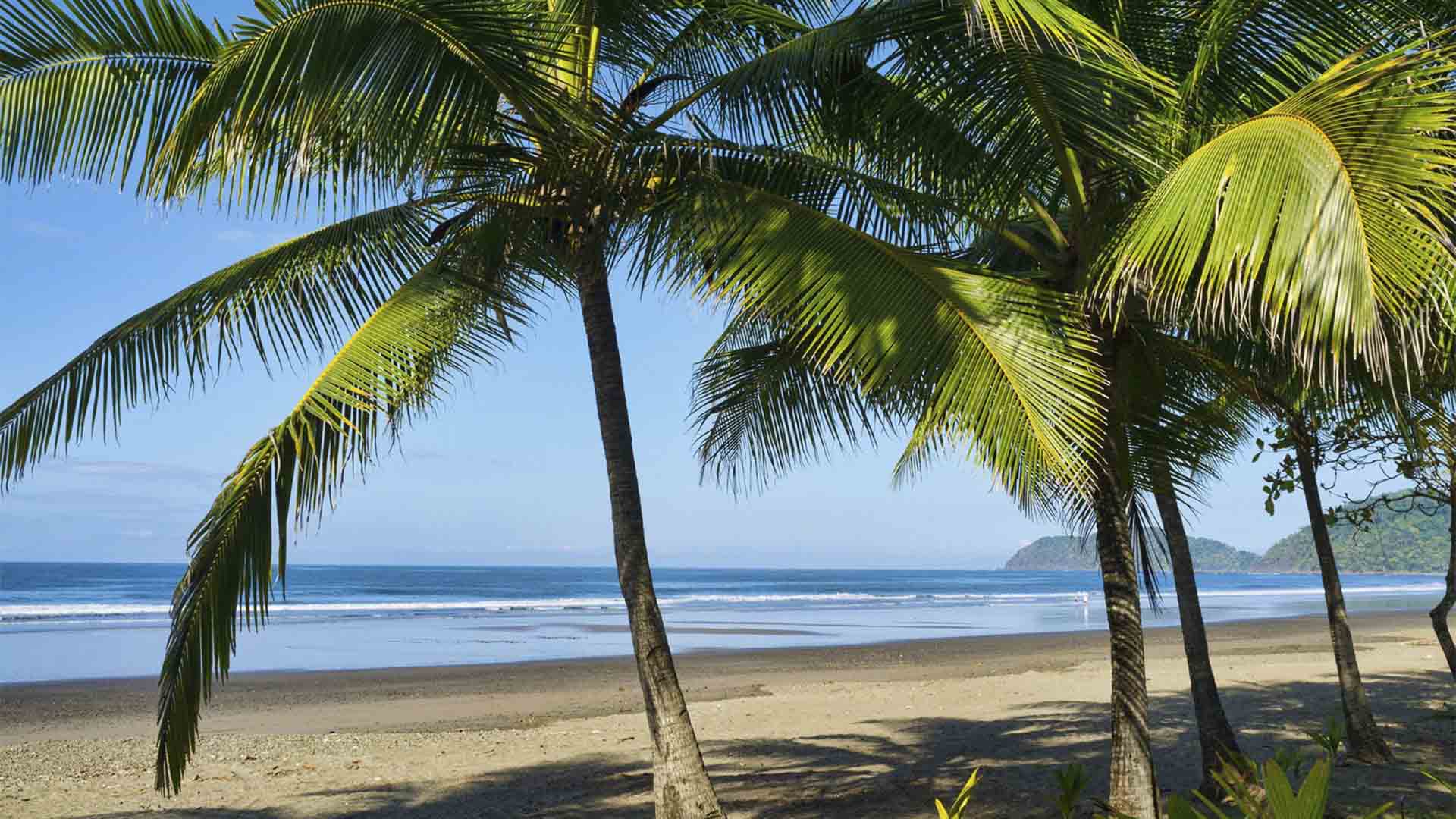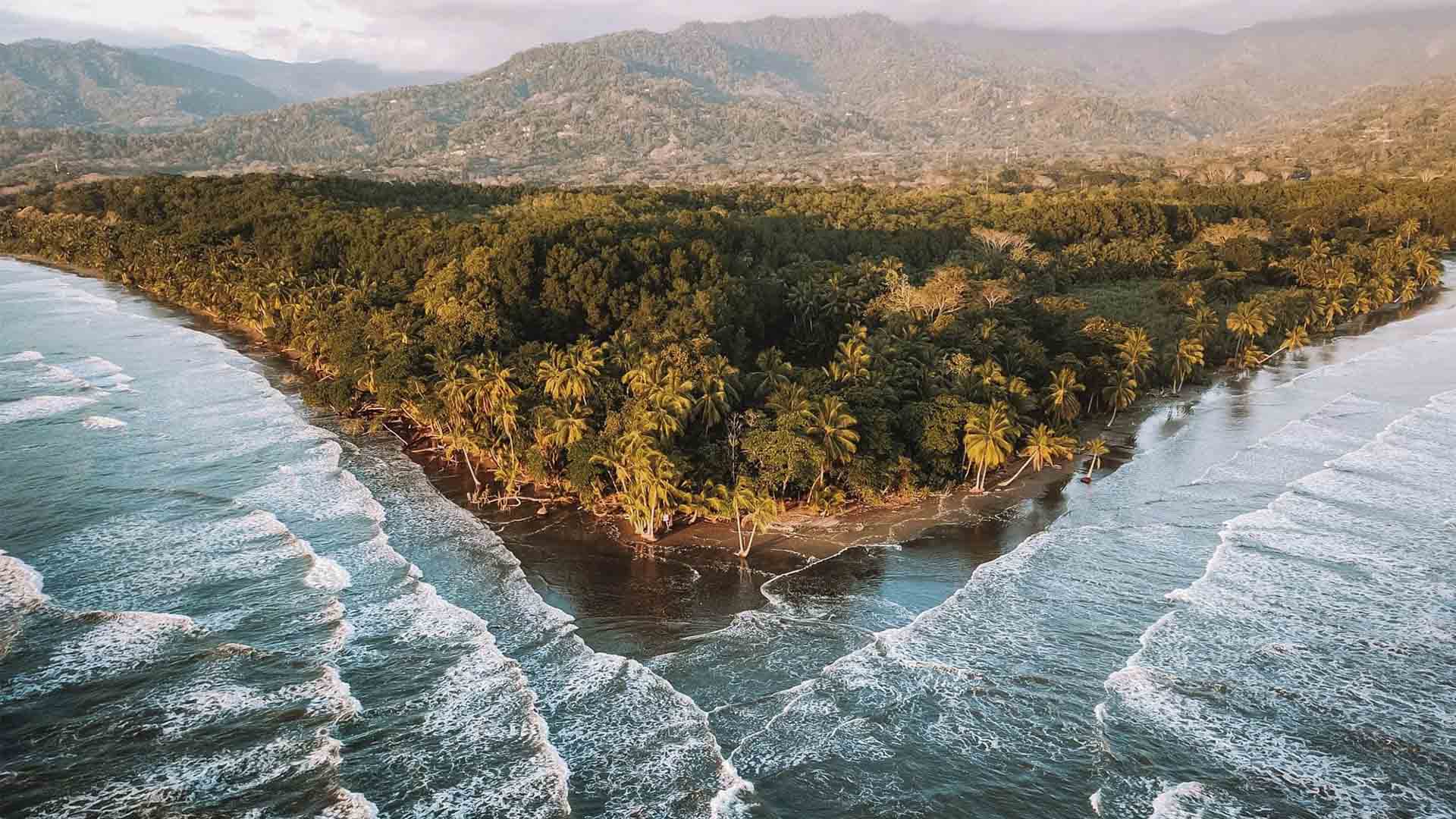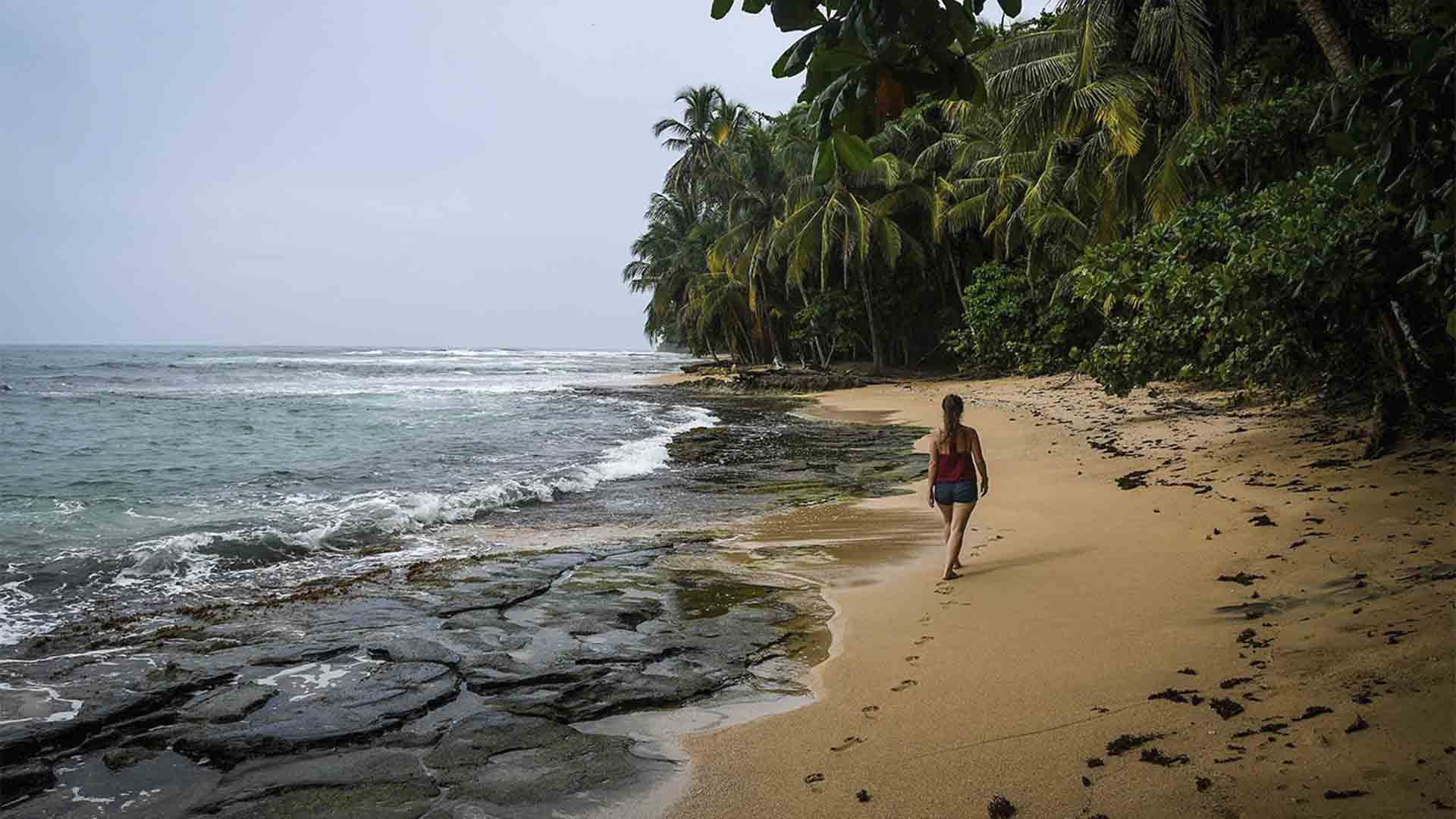3-Quepos
Quepos is a city on the Pacific coast of central Costa Rica. There is the Manuel Antonio National Park which, with its mangroves, lagoons and jungles on the shores of the beach, is home to howler monkeys, white-faced monkeys and squirrels. Nearby, on the same coast, are Espadilla Beach and Biesanz Beach. In the northwest of the city, is Damas Island mangrove estuary. There you can see alligators, iguanas and snakes
The Quepoa, also called Quepos, were an Amerindian ethnic group from Costa Rica, who, upon the arrival of the Spanish to this country in the 16th century, were governed by King Corrohore and lived on the Pacific coast near what is today the Manuel Antonio national park, in the so-called Chiefdom of Quepo.
Más Destinos...
San José, capital of Costa Rica, is located in the Central Valley region with the Talamanca Mountain Range to the south and volcanoes to the north. The city is distinguished by its Spanish colonial buildings, such as the ornate neoclassical National Theater of Costa Rica, which overlooks the Plaza de la Cultura, a popular meeting point. Below the plaza, the Pre-Columbian Gold Museum displays hundreds of glittering artifacts.
Tamarindo is a city in the province of Guanacaste, on the Pacific coast of Costa Rica. It is known for beaches with strong waves, such as Tamarindo and Langosta. To the north, Playa Grande is an important nesting site for enormous leatherback turtles and is part of the Las Baulas National Marine Park. The Tamarindo Wildlife Refuge's mangrove-fringed estuary protects animals such as howler monkeys and crocodiles.
Jacó is a city on the Pacific coast of Costa Rica, southwest of the capital, San José. It is known for surfing beaches and nightlife, and is a gateway to national parks. Jacó Beach is rocky and has gray sand, and is located west of the city. To the southeast is Hermosa Beach, with its big waves. To the north is the Carara National Park, with crocodiles in the Tárcoles River and macaw macaws. Nearby there is a trail through the tropical forest that reaches the Bijagual waterfall.
Uvita de Osa is a small town in southern Costa Rica, on a section of the coast known as Ballena Bay. It is notable for hosting the annual musical event and being home to Cola de Ballena beach, which is one of the beaches that make up the Marino Ballena National Park.
Puerto Viejo de Talamanca is a city in the southeast of Costa Rica, on the Caribbean coast. It is famous for its perfect surfing waves of Salsa Brava and its beaches, such as Playa Negra. The Jaguar Rescue Center rehabilitates lynxes and other animals. The Gandoca-Manzanillo National Wildlife Refuge has jungles, swamps and mangroves. To the north, Cahuita National Park protects a large coral reef and has a dive site where you can see shipwrecks.

